Vertex presentation refers to the manner in which a baby’s head is positioned inside the mother’s womb, which determines the points of contact on the baby’s head as they are being born. When the baby is in the vertex position, this means that the baby’s head is the first part of the body to be born. This is the most common presentation and is considered the best position for the baby to be born in. It occurs in about 97% of all births.
This position is also known as the cephalic position. However, vertex presentation is but one of the different types of cephalic presentations.
This presentation has three types. Occiput anterior is the most common, where the baby’s head is facing forward, towards the mother’s rectum. Occiput posterior is the least common, where the baby’s head is facing backward, facing the mother’s spine. Mentum anterior is a variation of occiput anterior, where the chin is leading instead of the forehead, also known as the face presentation.
The most important thing to consider during a vertex presentation is the baby’s position. If the baby is in an occiput posterior position, it may need to be turned to the occiput anterior position in order to be born. Failure to turn will result in prolonged labor. If the baby is in a mentum anterior position, it may need to be turned to the occiput posterior position in order to be born.
This image shows how often the term ‘Vertex Presentation’ is used in relation to other, similar birth terms:

[RELATED TERMS GRAPH]
Importance of the Vertex Presentation
A vertex presentation is generally a good sign that the baby is ready to be born, but there are some risks associated with it. The most common risk is cord prolapse, where the umbilical cord slips out of the baby’s vagina before the baby is born. This can cause the baby to lose its oxygen supply and can be fatal. Other risks include shoulder dystocia, where the baby’s shoulder gets stuck in the birth canal, and the nuchal cord, where the umbilical cord gets wrapped around the baby’s neck.
If the baby is in a vertex presentation and their head is not engaged in the pelvis, that means that they are not ready to be born yet. In this case, the doctor or midwife will usually try to encourage the baby to move down into the pelvis by pushing on the mother’s belly or using a vacuum extractor. If the baby does not move down into the pelvis after a certain amount of time, a cesarean section may be necessary albeit an undesirable option.
Do you know a man who wants to learn more about birth? Send him our way! Also, men and women are welcome to join our free public community of Dads helping Dads be better at birth.

